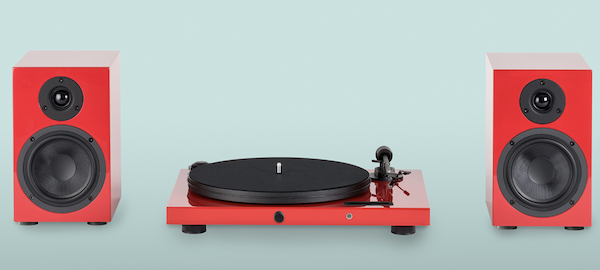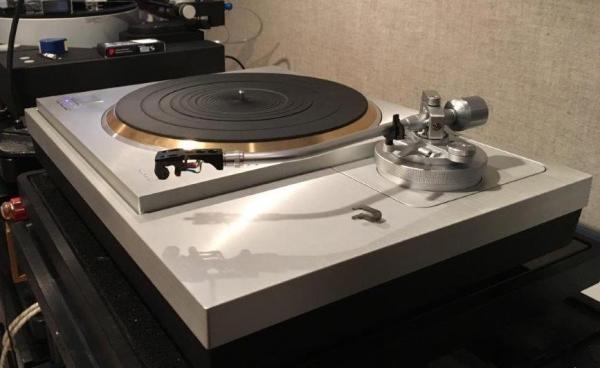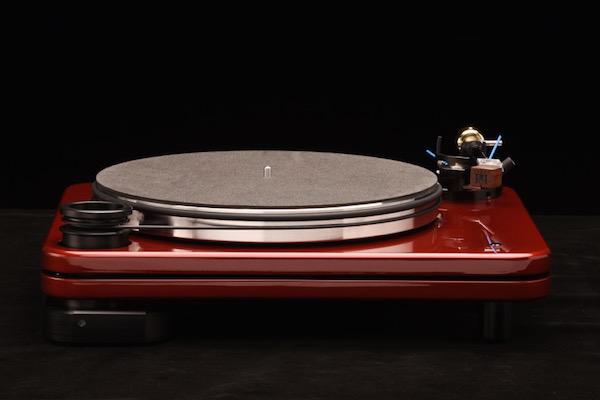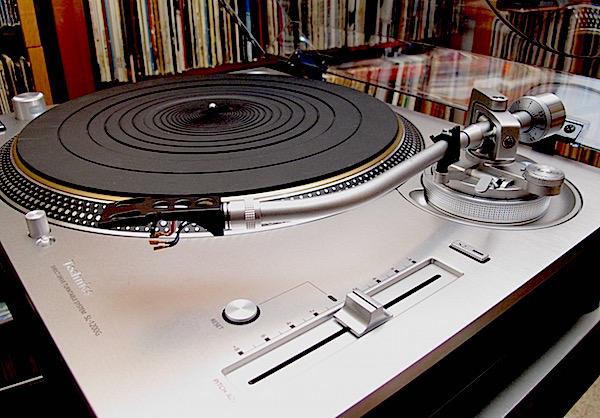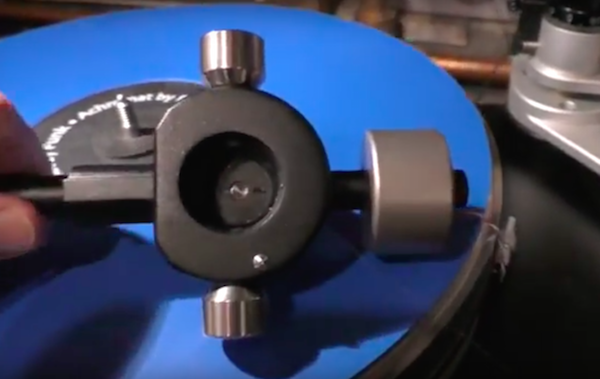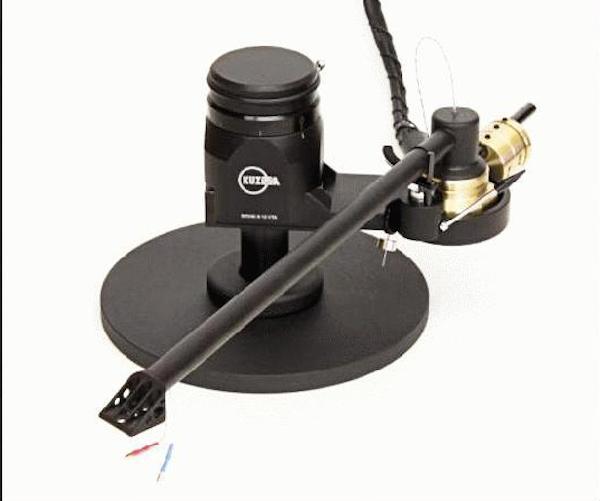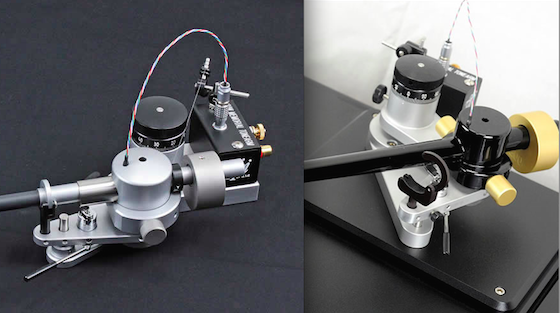Tonearm Reviews
Sort By: Post Date TitlePublish Date
|
Dec 29, 2020
|
Oct 07, 2018
|
Aug 01, 2018
|
Mar 06, 2018
|
Jan 30, 2018
|
Jul 24, 2017
|
Mar 24, 2017
|
Aug 24, 2016
|
Sep 25, 2015
|
Jul 08, 2014



